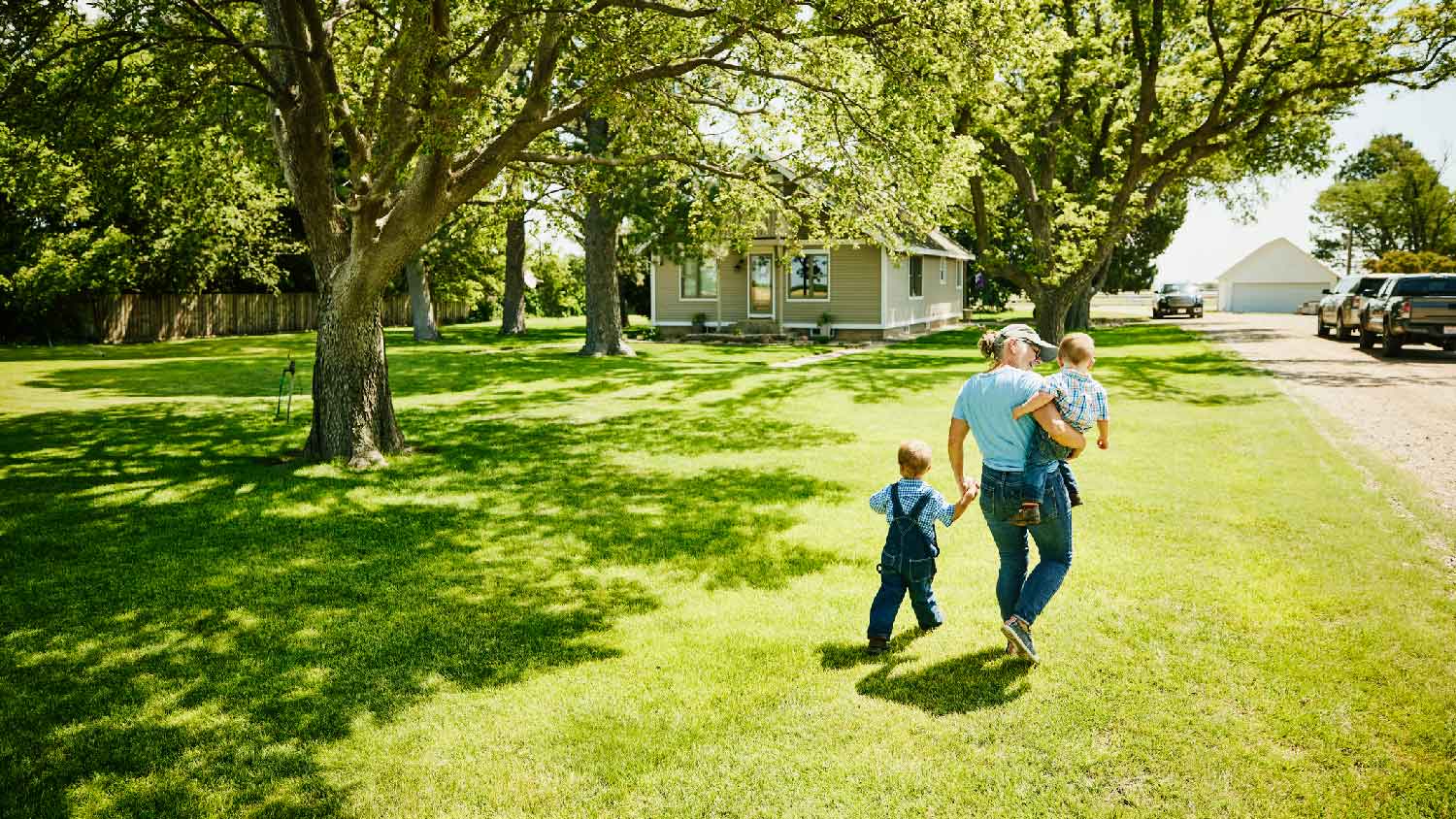Ryegrass vs. Fescue: Which is a Better Choice for Your Lawn?
Compare these cool-season grasses to find the most suitable turf


Ryegrass and fescue are two common cool-season grasses.
Ryegrass is fast-growing, pest-resistant, and disease-resistant.
Fescue is drought-resistant and heat-resistant.
Both can be excellent choices depending on your lawn’s needs.
Ryegrass vs. fescue is a popular debate if you’re deciding on a cool-season grass that can create a beautiful, thriving turf carpet in cooler climates. While they have similar needs, a few key features and requirements differentiate the two. Here are the main differences between ryegrass vs. fescue grass to help you choose which will work best for your outdoor space.

Ryegrass vs. Fescue: Key Differences
Ryegrass and fescue are both classified as cool-season grasses, meaning they grow faster during the colder months and can withstand cold climates. Knowing what makes them different, though, can help you choose the best option for your lawn. Ryegrass is fast-growing, can withstand colder temperatures, can prevent erosion, and helps ward off pests and diseases. Fescue grass is better at tolerating heat and drought and can handle a significant amount of foot traffic. Fescue is also thick, rich in color, and can grow very tall.
What Is Ryegrass?
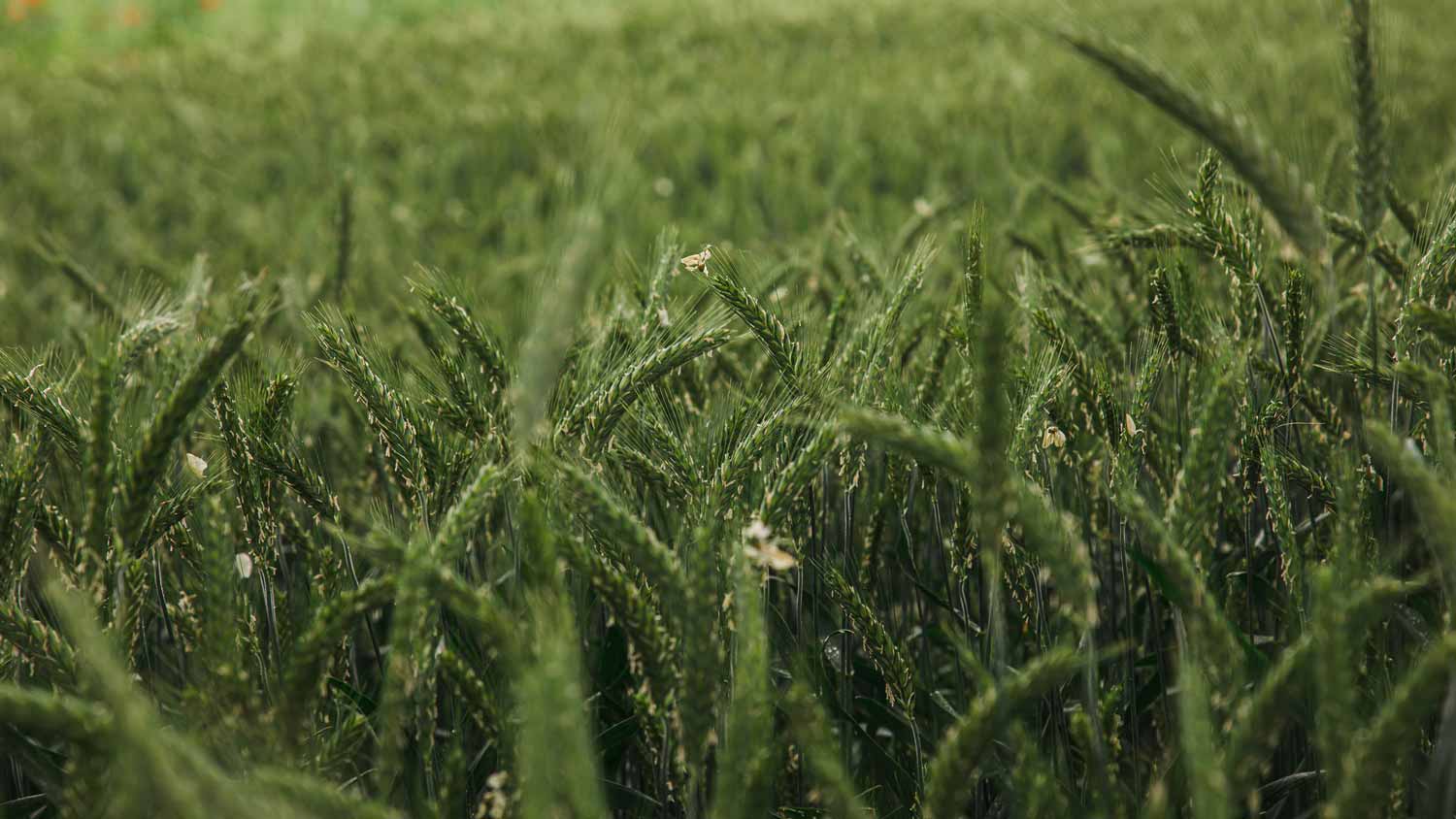
Ryegrass is a perennial grass that is among the fastest-growing types of grass. While this grass type gained popularity for its use in pastures and agriculture, it is becoming more popular for lawns.
| Pros | Cons |
|---|---|
| Fast germination and seed growth | Not tolerant of extreme heat or cold |
| Cold tolerant | May require regular replanting |
| Ideal for erosion control | Patchy appearance |
| Pest- and disease-resistant | Requires regular mowing |
Best for:
Cooler, northern climates
Homeowners who want to grow their lawn quickly
Winter grass in southern climates
Pros of Ryegrass
Ryegrass is a great grass for kickstarting the lawn-care process. It is a very durable grass that germinates faster than any other type of grass seed. The grass is great for lawns in the northern part of the country, particularly the Pacific Northwest because it is happiest in cool seasons and has great cold tolerance.
Cons of Ryegrass
Depending on where you plant ryegrass, it can be durable but not as durable as some of the hardier grass types. While ryegrass thrives in cool environments, it suffers in the bitter cold and can require annual replanting, depending on the harshness of the winter. Ryegrass also does not pair well with extreme heat or dry air, meaning a hot summer can discolor and kill the lawn.
What Is Fescue?
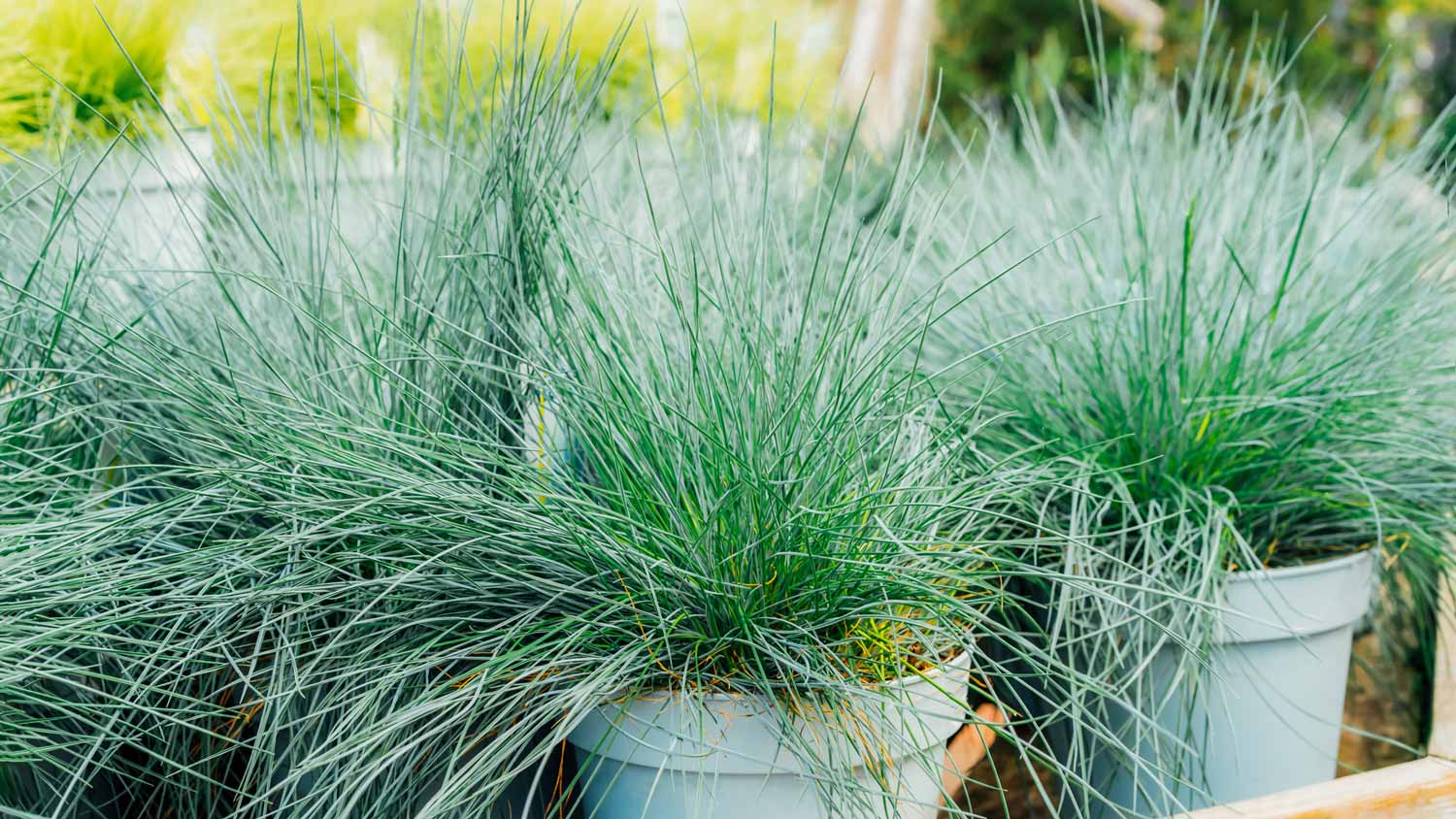
Fescue grass is a cool-season grass that maintains its dark green color year-round. It’s a very popular choice for residential turf because it's strong and easier to maintain than most other options.
| Pros | Cons |
|---|---|
| Handles drought and heat | Needs regular mowing |
| Withstands foot traffic | Not very cold tolerant |
| Relatively low-maintenance | Vulnerable to pests and diseases |
Best for:
Areas that experience both warm and cool seasons
Homeowners looking for a low-maintenance grass
Those who don’t mind mowing their lawn frequently
Pros of Fescue
Fescue is drought-resistant, heat-resistant, and sturdy against moderate to heavy foot traffic. It’s versatile enough to thrive in partial shade and direct sun, plus it requires less fertilizer than most other types of grass.
Cons of Fescue
While fescue’s maintenance requires minimal effort, it does require it often. This type of grass can quickly grow out of control without regular mowing. The deep-rooted nature of the grass also makes patch repair nearly impossible and newly-added seeds can be slow to germinate, so investing in the cost to resod is often the best way to deal with damage. It’s also not very cold tolerant—prolonged cold weather can make its blades look sparse and thin.
We hired a landscaping crew for a major cleanup of our property as weeds had taken over. They removed sunburned plants and it looks like a completely different house! They also removed a large bush near our driveway and fully mulched the areas. The team did a fabulous job, even working on one of the hottest days of the summer. We couldn't be happier with the results and will definitely contact them for future landscaping needs.
Majestic Landscaping
Kingston, Massachusetts
Perennial Ryegrass vs. Fescue

Ryegrass and fescue are popular types of grasses for different reasons. Depending on your needs and location, one may be a better fit than the other. Don’t hesitate to hire a local lawn service pro to help you choose the best option for your lawn needs. Here’s a comparison to help you determine your perfect lawn.
Appearance: Fescue
Ryegrass is a thinner, shorter grass that is easy to keep uniform, and you can make patch repairs quickly and easily. Fescue is a thicker, richer grass that grows taller and is more vibrant in color. Both grasses are beautiful in the right environment, but fescue gives the look that most people think of when they picture a lush, healthy lawn.
Softness: Ryegrass
Fescue’s deep grass roots absorb ample nutrients from the soil, allowing the grass to grow thick and full-bodied. However, this tough plant is also fairly rough to the touch. Ryegrass’s fast-growing nature keeps the grass more delicate and soft to the touch. Of the two grasses, ryegrass is the better choice for a barefoot run.
Foot-Traffic Tolerance: Fescue
One of the best things about having a lawn is walking through it and feeling the touch of nature. Unfortunately, too much of a good thing can harm the grass. Of the two grasses, ryegrass is more delicate, meaning you’ll need to be lighter on your feet to avoid crushing or killing it.
Cold Tolerance: Ryegrass
If you live in a colder region, ryegrass may be the right choice for your lawn. While fescue and ryegrass are both cool-season grasses, ryegrass tends to fare better in colder climates.
Heat Tolerance: Fescue
While fescue is a cool-season grass, it can also handle relatively high temperatures, meaning that lawns in warmer states will have better success with it.
Watering Needs: Fescue
Both grasses are quite efficient when it comes to watering, and, depending on your needs, they require deep, thorough watering. The recommended watering for both grasses is 1 to 1½ inch per week, meaning once to three times per week of lawn watering, depending on the season and temperatures. However, fescue is the more drought-resistant choice, so it’s more likely to continue thriving if you fall behind on watering.
Ideal Soil pH and Type: Fescue
Ryegrass likes dry, well-drained soils with a pH of 5.5 to 7.5 because its fine root system doesn’t fare well in compacted soil. Tall fescue prefers moist, well-drained soil with a pH of 4.5 to 9.0. The roots of tall fescue are thick and strong, giving it a high tolerance to soil compaction. This preference is part of what makes tall fescue such a great variety for high-traffic areas.
Sunlight Requirements: Fescue
Ryegrass needs at least eight hours of full sun in order to thrive. Fescue is a type of grass that grows well in shade, only needing about four hours of full sun, so it’s a perfect choice for shadier outdoor spaces.
Susceptibility to Pests and Disease: Ryegrass
Ryegrass and fescue are both susceptible to diseases, and both can play host to common lawn pests such as webworms, thrips, and grubs. However, ryegrass has a much quicker recovery against damage from geese and other digging animals.



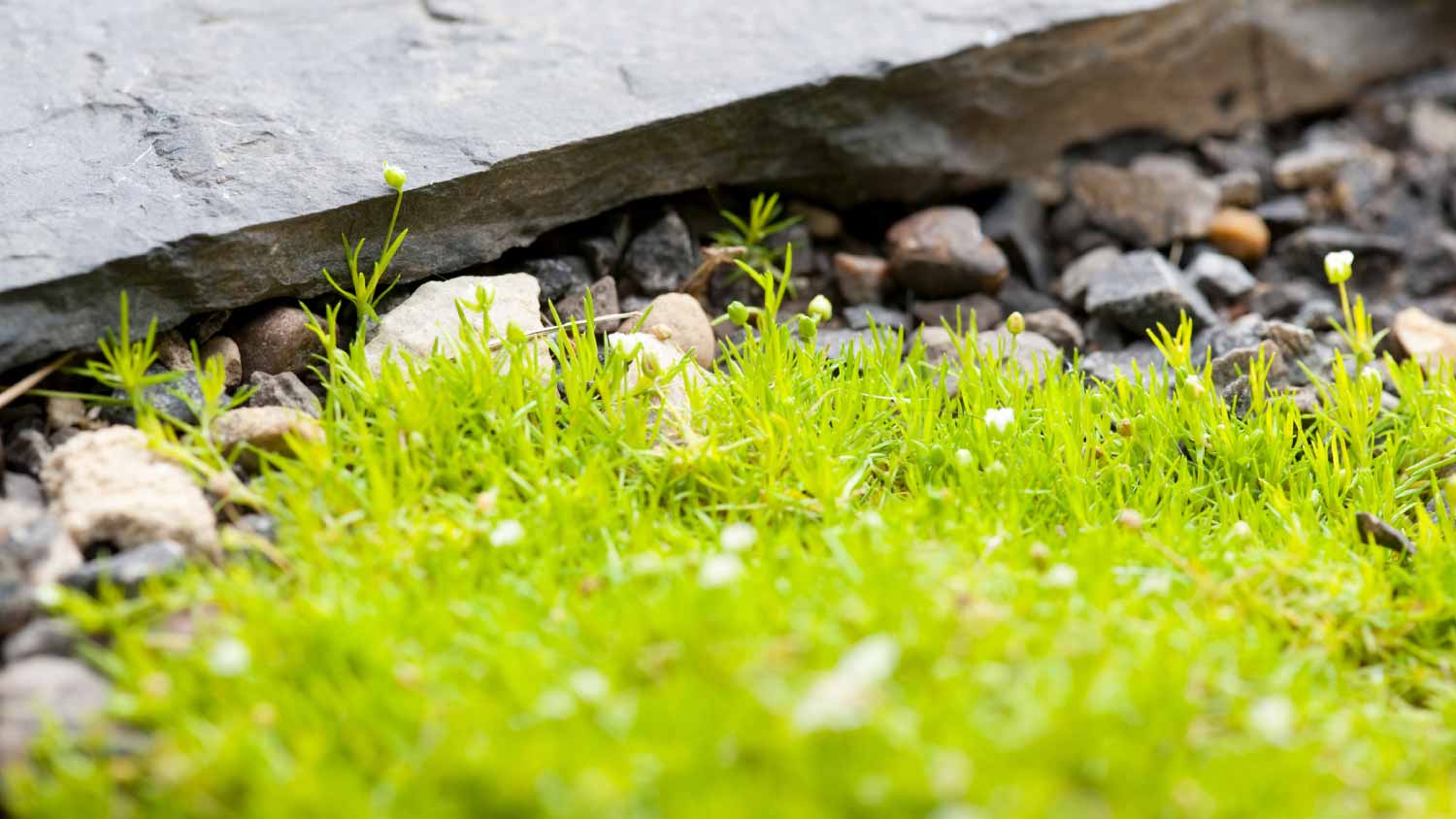
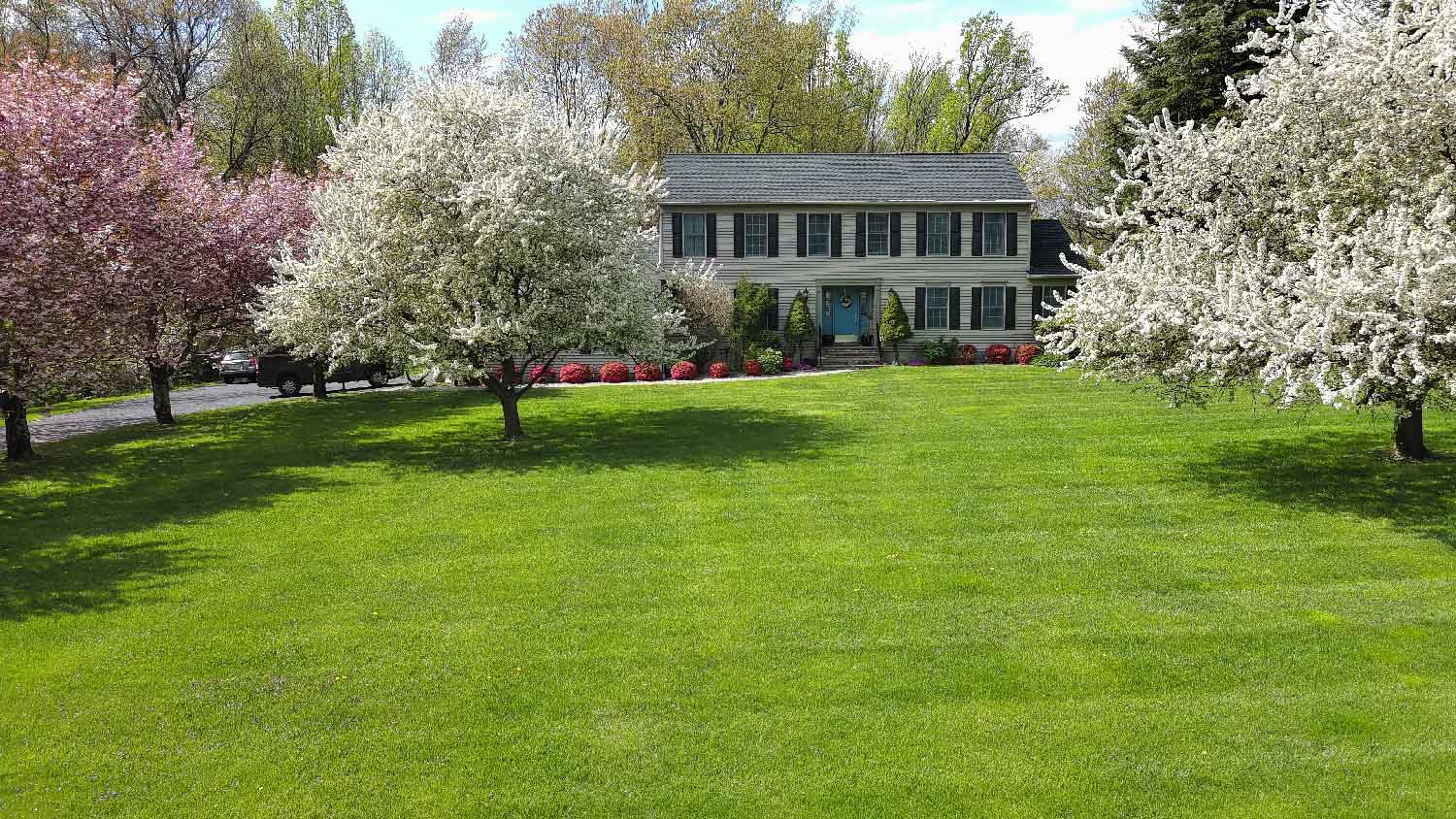
- 12 Tips for Taking Care of Your Backyard, From Pruning to Weed Prevention
- When is the Best Time to Cut Grass? Why Turf Timing Matters
- What Is Bermuda Grass? Everything You Need to Know for a Healthy, Green Lawn
- How to Kill Grass in Flower Beds: 8 Easy Methods to Try
- 9 Showstopping Types of Ornamental Grass to Liven Your Landscape
- 6 Ways to Kill Grass On Your Lawn
- Bahia vs. Bermuda Grass: What’s the Difference?
- When Grass Becomes a Weed: How to Control and Get Rid of Bermuda Grass
- How to Kill Orchard Grass in Your Lawn and Control It for Good
- What Do You Put Down First: Grass Seed Or Fertilizer?



